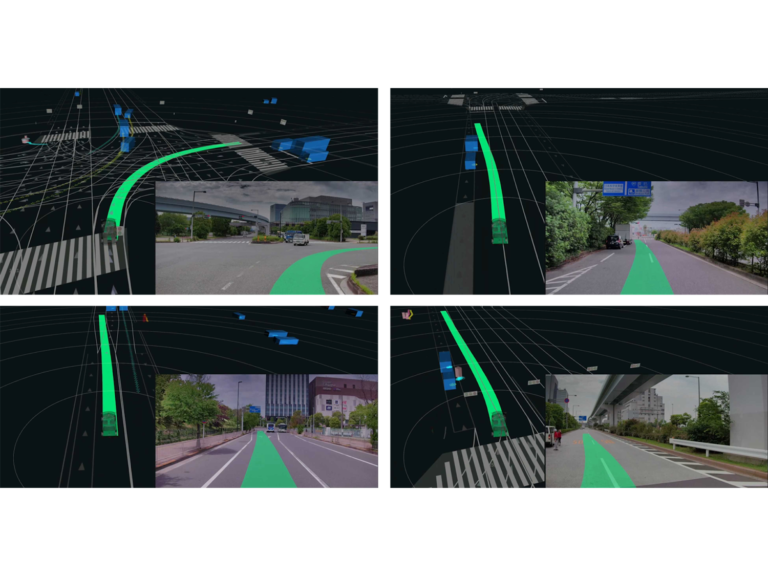Tier IV, which supplies open-source software for autonomous driving, has developed an end-to-end architecture for Level 4+ autonomy, where no human intervention is present – even in previously unencountered scenarios. Starting in early 2026, the architecture will be introduced gradually in mobility services at 50 locations across Japan as part of a large-scale demonstration to evaluate its real-world performance and capabilities.
Publicly available via Autoware, the open-source software for autonomous driving championed by Tier IV, the newly developed architecture applies diffusion model-based machine learning to a sequence of driving tasks, including prediction of surrounding objects and generation of vehicle trajectories. This allows the system to imitate human-like driving behavior, even in highly complex scenarios such as obstacle avoidance or turning at busy intersections. In parallel, rule-based components are integrated to ensure high interpretability and operational stability. This hybrid approach combines the adaptability of learning-based methods with the reliability of deterministic logic, positioning the architecture as a practical and promising foundation for Level 4+ autonomy.
To accelerate model development, Tier IV is taking advantage of Autoware’s modular architecture and simulation environment to automatically generate large-scale synthetic training data. Combined with real-world data, this approach has resulted in the efficient construction of high-performance models with scalability and reliability.
Tier IV will continue to expand its training datasets and enhance model performance to improve the robustness of the architecture. A variety of data-centric AI models will also be explored and integrated to ensure adaptability across a wide range of use cases, from privately owned cars to commercial vehicles for mobility and logistics services. Through the development of Level 4+ autonomy, Tier IV aims to help tackle major challenges in Japan, including the revitalization of regional communities and strengthening of industrial competitiveness.
In related news, WeRide has launched the HPC 3.0 high-performance computing platform, jointly developed with Lenovo and powered by Nvidia’s latest Drive AGX Thor chips. The new HPC 3.0 platform makes its debut in WeRide’s latest-generation Robotaxi GXR


